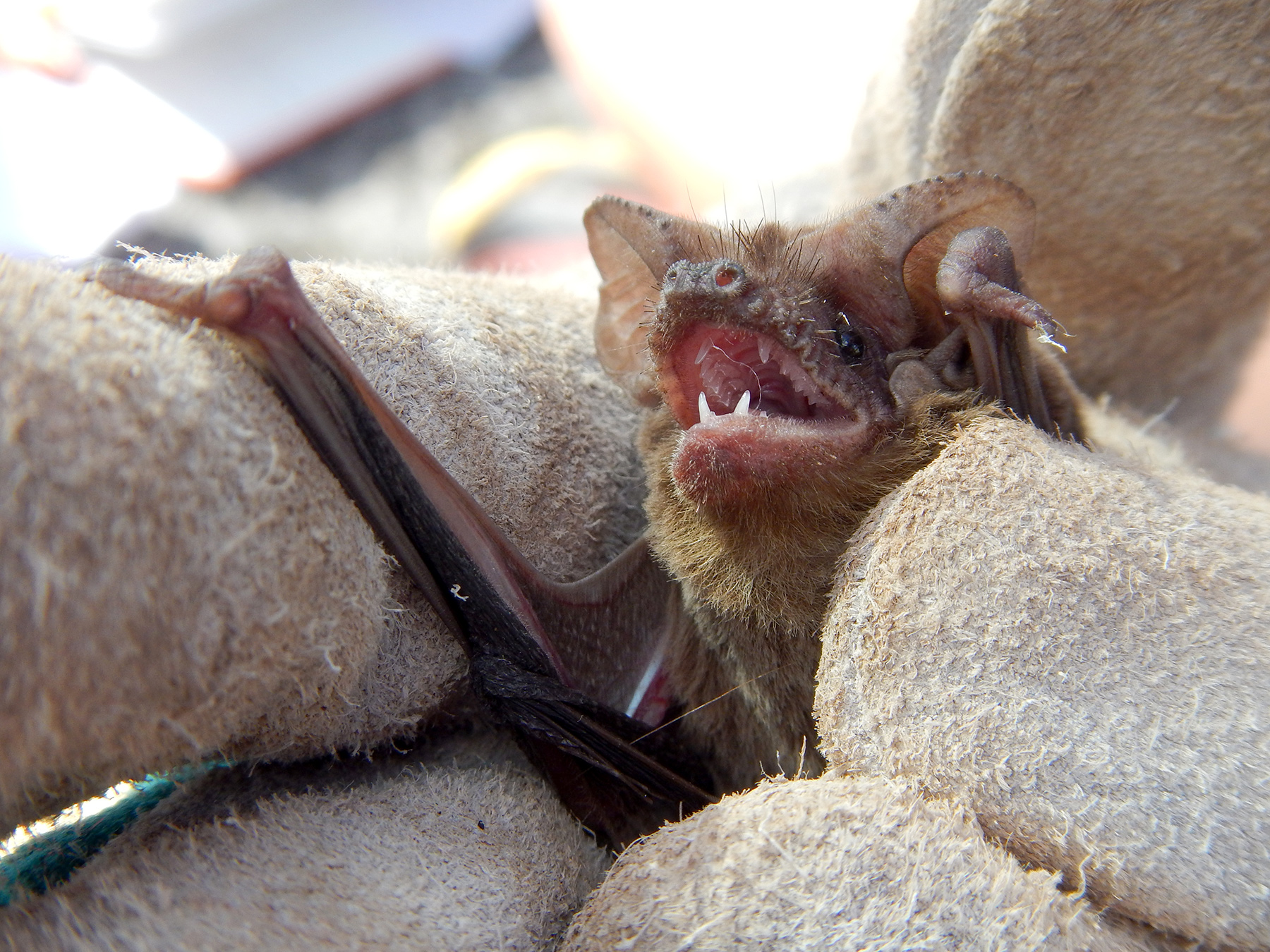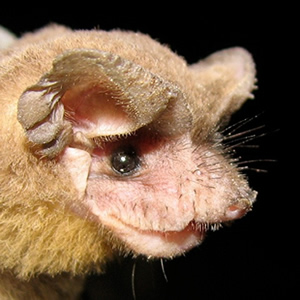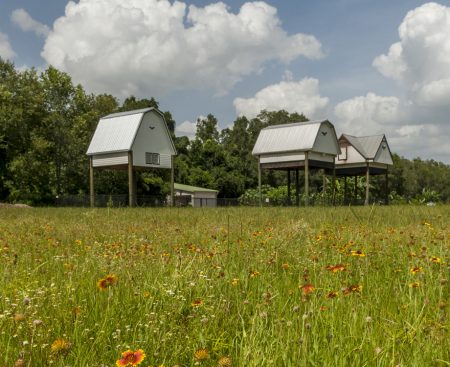First of all, there are no vampire bats in Florida! And bats are not rodents. They are in their own order, Chiroptera, which translates to “hand-wing,” and most people are surprised to learn that the bone structure of a bat wing is nearly identical to a human hand. Bats are also the only mammals that actually fly instead of glide. But there’s more to the furry little nocturnal animals than meets the eye.
1: There are 13 species that live in Florida.
There are more than 1,300 species of bats around the world. Florida has 13 recognized native species, though at least 20 species have been found in the state. Some are common across the state, while some live in only a small area or migrate here for part of the year.
Common or somewhat common in Florida:
- Brazilian (Mexican) free-tailed bat (Tadarida brasiliensis)
- Southeastern myotis (Myotis austroriparius)
- Evening bat (Nycticeius humeralis)
- Eastern red bat (Lasiurus borealis)
- Seminole bat (Lasiurus seminolus)
- Northern yellow bat (Lasiurus intermedius)
Less common in Florida:
- Tricolored bat (Perimyotis subflavus)
- Gray bat (Myotis grisescens) ENDANGERED
- Big brown bat (Eptesicus fuscus)
- Rafinesque’s big-eared bat (Corynorhinus rafinesquii)
- Hoary bat (Lasiurus cinereus)
- Velvety free-tailed bat (Molossus molossus)
- Florida bonneted bat (Eumops floridanus) ENDANGERED
2: Florida bat species eat lots of insects.

Photo courtesy of Nancy Albury
All bats in Florida are insectivores. They eat a lot of moths, flies, dragonflies, beetles, wasps, ants, mosquitoes and more. Many bats can eat their body-weight in insects every night.
Bats are not blind, but use echolocation to spot their prey. Some Florida species forage as far as 25 to 30 miles from their home each night and return each morning before dawn. They often fly at heights of 20 to 50 feet above the ground, but have been reported several thousand feet up in the sky.
3: Baby bats are BIG compared to mom.
Baby bats are called pups. Female bats usually give birth to one pup at a time. Some have two. At birth, a pup can weigh around 25 percent of its mother’s body weight (or more, depending on the species). That’s like a human giving birth to a 30- or 40-pound baby!
The pups nurse from mom like most mammals, and mother bats spend a lot of time grooming and caring for their babies. Even though baby bats learn to fly early, they’re cared for by mom for several more months. Which is why mother bats often have to eat twice their normal amount of insects every night!
4: Bat guano is amazing stuff.
Bat guano (poop!) is a great fertilizer because it has a lot of nitrogen, phosphate and potassium – all great for plants to grow. It is increasingly popular to use in organic farming, and is commercially harvested for agricultural uses.
5: Bats in Florida roost anywhere they find good shelter.

Photo courtesy of Angelo Soto-Centeno
Some species prefer to sleep alone or in small groups, while others like to be a part of a large colony. While some colonies live in caves, those are not common throughout Florida so they often find shelter in man-made structures like buildings and bridges. Solo or small groups roost in tree cavities, undersides of branches and palm fronds, in Spanish moss, on utility poles and in sheds or houses.
Most Florida bats love man-made bat houses. There are many plans to download online, and instructional videos on how to build them and set them up. Pre-made bat houses are also available, but be sure to look for ones specifically intended for bats in your area.

Florida Museum photo by Kristen Grace
The University of Florida is home to the world’s largest occupied bat houses.
The most common species living there is the Brazilian free-tailed bat, and there are some Southeastern bats and Evening bats.
Visit Bat Houses page
- Read more about our bat houses.
- Resources at FWC’s Guide to Florida Bats.
- Visit the Lubee Bat Conservancy site.
- Learn more at Florida Bat Conservancy.